Deities of Aardia
There are 7 primary gods of Aardia, as well as the banned deity Somos the Destroyer. Each watches over a different domain of natural and/or human endeavor. The entries list typical domains followed by clerics of the deity, but all domains are open to all clerics.
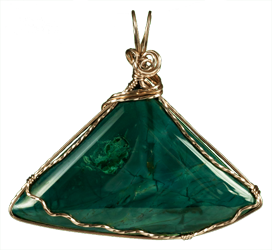
Aarda, Goddess of Earth, Provider of the Harvest
Aarda is the earth goddess. She is responsible for providing a plentiful harvest, and as such is also the intercedent for fertility and love.Alignment: Chaotic Good
Typical Domains: Life, Solidarity, Strength
Symbol: Mountain (Holy symbols to Aarda are always made of stone of some sort).
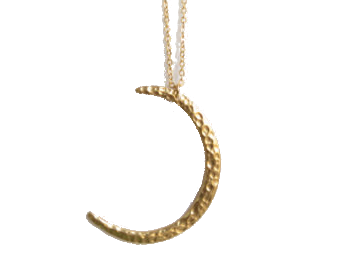
Cressida, the Creator
Cressida is one aspect of the moon; its (genderless) symbol is the waxing crescent, representing creation and birth. Cressida is revered as the original creator of the world, and is also the deity of magic and foresight.Alignment:Chaotic Good
Typical Domains: Arcana, Grave, Knowledge
Symbol: Waxing crescent moon. Cressida is always represented by a waxing crescent, pointed to the viewer's left.
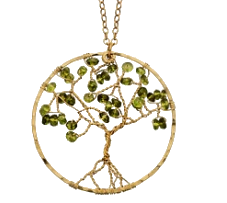
Cybele, Goddess of Nature
Cybele is the representative of nature, of plants and animals, and of the hunt. She stands in tension with Eolus, who in his role as god of agriculture and crafting represents civilization's interference with the natural order. She is the patron of hunters, druids, and animal husbands, and is often worshipped by travellers in search of safe journeys.Alignment:Neutral
Typical Domains: Blood, Grave, Nature
Symbol: Tree or branch
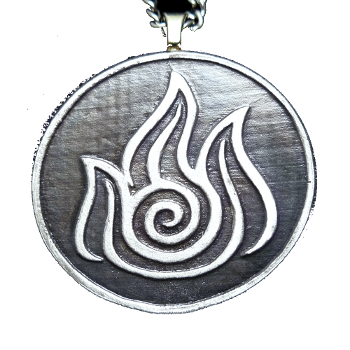
Embros, the Fire God, Bringer of Vengeance
Embros is the representative of fire, and the god of war and vengeance. He is also the embodiment of deception. Often worshipped by soldiers.Alignment:Lawful Evil
Typical Domains: Forge, War, Zeal
Symbol: A flame
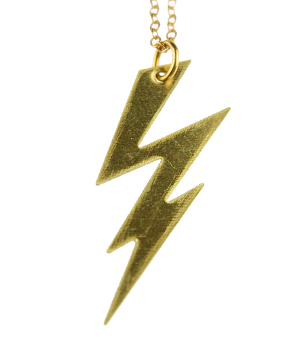
Eolus, Goddess of the Air, Bringer of Rain, Tamer of Nature
Eolus is the god of the air, weather, growth, and agriculture. Her aspect as controller of nature also means that she is the patron of craftsmen.Alignment:Chaotic Good
Typical Domains: Nature, Forge, Tempest
Symbol: A lightning bolt
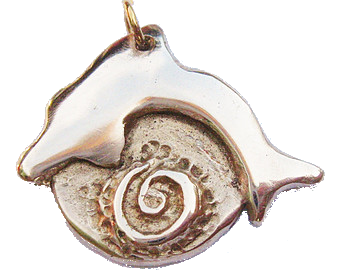
Lir, God of the Water, the Seas, and Change
Lir is the god of water, the ocean, and chaos, and is the patron of sailors. He is also one of the gods worshipped by travellers, and the incarnation of luck.Alignment:Chaotic Neutral
Typical Domains: Knowledge, Tempest, Trickery
Symbol: Dolphin
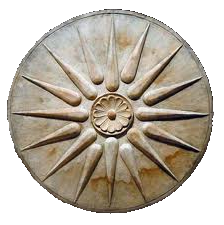
Luxor, God of the Sun, Bringer of Law, Defender of Mankind
Luxor is the sun god, responsible for order and law, and also the patron of healers. He was the state god of the Kyzian Empire at its height, and still has a very strong following in the south and in the religious capital of Heliopolis.Alignment:Lawful Good
Typical Domains: Life, Light, War
Symbol: The Sun
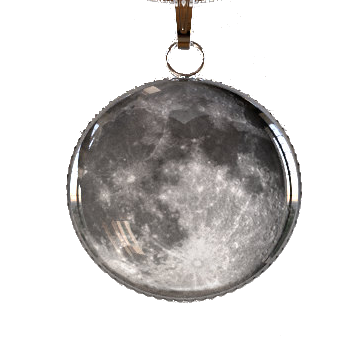
Somos, the Destroyer
Somos is another aspect of the moon, representing death and destruction. Its worship is strictly forbidden throughout the land, though vestiges of his cult remain in secret here and there.Alignment:Chaotic Evil
Typical Domains: Death
Symbol: The Full Moon
Places of worship
The majority of temples in Kyzia are multipurpose, dedicated to all gods. They are built in a five-spoked arrangement: One end is open, through which congregants enter the building. Worshippers of Eolus and Cybele nominally are seated in that wing, though Cybele's followers typically prefer outdoor worship. Continuing clockwise, the 4 other wings terminate with a large stone plinth (Aarda), a brazier (Embros), a large font or pool of salt water (Lir), and a south-facing window which serves to orient the temple's positioning (Luxor and Cressida are both worshipped here).
At the center of the temple is a circular altar where offerings are left. While the temple is always open to the elements, a properly consecrated temple never shows signs of encroaching plants, moss, mildew, or the like. Animals are reluctant to enter. Typically each temple also has a nearby garden for meditation and for ceremonies dedicated to Cybele; such gardens are built around large fresh water pools.
Smaller shrines may have a simple rectangular alter with the brazier, plinth, pool, and some sort of vegetation surrounding it, along with a large window behind the altar and unified seating facing the altar.
Less common are areas dedicated to a single god, though they do exist. Temples to Luxor are the most common of this kind.